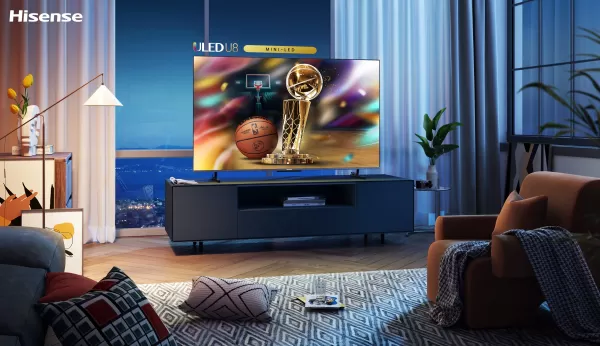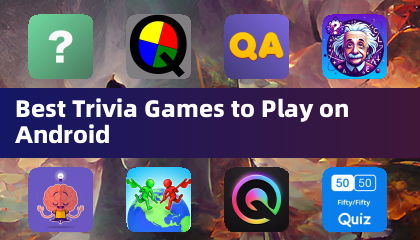

WOLED, QD-OLED, and AMOLED: Understanding the Differences
I'll never forget walking out of Best Buy in late 2019 with my first OLED - the LG E8 55-inch. Little did I know that beauty would become my pandemic savior. At the time, I vaguely understood OLED meant self-emissive pixels instead of backlights, delivering perfect blacks. But when I booted up The Last of Us Part II and saw those inky shadows contrasting with flickering firelight? That's when the penny dropped - this wasn't just better picture quality, it was visual storytelling at its purest.
Fast forward through my eventual LG C2 65-inch upgrade and dozens of reviewed devices, I've learned OLED isn't some monolithic technology. Turns out there's a whole family of OLED variants, but only three truly matter for most consumers.
The OLED revolution began in earnest when LG brought the technology mainstream in the early 2010s. Their version? WOLED (White OLED), though good luck finding LG actually calling it that. Here's the breakdown: Traditional OLED uses individual red, green and blue subpixels that deteriorate unevenly (hello, burn-in!). WOLED solves this with a unified white OLED layer topped by an RGBW color filter - think of it like shining a flashlight through colored gels. Smarter? Absolutely. Perfect? Not quite. Those filters inevitably cause brightness loss and color inconsistencies. High-end models fight this with microscopic lenses (Micro Lens Array) that focus the light.
Then came 2022's game-changer: Samsung's QD-OLED. This swaps WOLED's white layer for blue OLEDs hitting quantum dots - tiny semiconductors that absorb and convert light rather than filtering it. The result? Brighter, more vibrant colors since there's minimal light loss. Where WOLED might hit 800 nits in white but struggle with colors, QD-OLED maintains intensity across the spectrum.
Meanwhile, AMOLED marches to its own beat, mainly dominating mobile devices. Its secret weapon? A thin-film transistor layer enabling lightning-fast pixel response - perfect for smartphones (and explaining why your Galaxy's screen looks so responsive). But this comes at the cost of slightly compromised contrast versus traditional OLED.

Choosing the Right OLED for Gaming
Here's the gaming breakdown: QD-OLED generally wins on pure specs - its quantum dots deliver unbeatable color volume and brightness. But my LG WOLED TV holds its own in my bright living room, where Samsung's stripped-down anti-reflective coating would show distracting purple tints instead of true blacks.
AMOLED? It's the odd one out - mainly found in phones and laptops where flexibility and response times trump absolute picture quality. Great for mobile gaming, not ideal for your living room setup.
Just when we thought the OLED wars were settled, LG dropped a bombshell: PHOLED (Phosphorescent OLED). Dubbed 'Dream OLED,' this next-gen tech promises 4x the efficiency of current displays. While TV-sized PHOLEDs are still years away, your next smartphone might just be the first to showcase this brightness-and-battery-life revolution.
The OLED journey continues - from my beloved E8 to whatever comes next, one thing's certain: black will never look the same again.















